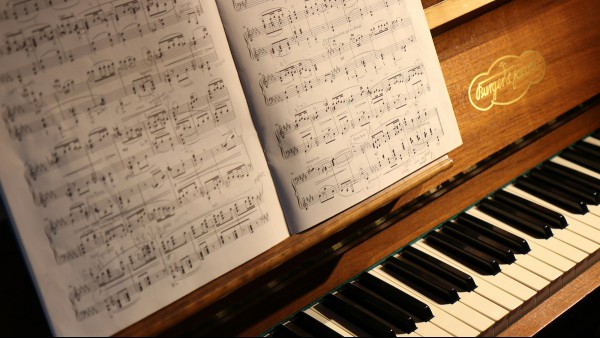How To Tell The Time In Spanish
Whether you’re chronically late or precisely punctual, chances are you think and talk about the time on a regular basis. So if you’re looking to have real conversations in Spanish, taking some time to brush up on the words you need to actually talk about telling time in Spanish should be a no-brainer. Telling time in Spanish can come in handy no matter the context you find yourself in, whether you’re waiting for a train, planning a dinner party, setting up an appointment or meeting friends for drinks after a long day at work.
Luckily, learning how to talk about the hour of the day doesn’t have to be an all-consuming, around-the-clock effort; it’s pretty straightforward and intuitive! If you already speak English, you’re already halfway there, as many of the same rules apply, barring a few differences. And once you feel confident, maybe it’ll be time to move on to other Spanish vocabulary.
Tricks For Telling Time In Spanish
To tell time in Spanish, you’ll only need to know the numbers 1 through 59 and a few other words and expressions. If you’re looking to put your Spanish counting skills to good use, there are few better ways to do so than talking about the time!
You’ll use the verb ser, which is one of two verbs in Spanish that means “to be.” For most hours of the day, you’ll use the third-person plural form son, which translates to “are,” as in “they are.” There’s only one exception, and that’s the number one (or, specifically, the hours 1 a.m. and 1 p.m., no matter the minute value that follows), for which you’ll use the third-person singular form es, or “is,” as in “it is.”
The idea is that you’re saying, “the hour is one” (for 1:00) or “the hours are ___” (for everything else), but you don’t need to actually say the subject la hora or las horas. It’s similar to how you don’t explicitly say the subject “it” when talking about the weather in Spanish; in English we say, “it rains,” but in Spanish you only say llueve, which is the third-person singular conjugated form of the verb llover (“to rain”) in the present tense.
It’s a lot of grammatical mumbo-jumbo to explain what turns out to be a pretty simple concept. Keeping these rules in mind, here’s how you would say, “It is ___ o’clock” for each whole hour of the day:
- Es la una. — “It is one.”
- Son las dos. — “It is two.”
- Son las tres. — “It is three.”
- Son las cuatro. — “It is four.” (And so on, all the way to…)
- Son las doce. — “It is twelve.”
And then there are two specific times of day that have their own names:
- el mediodía — “noon”
- la medianoche — “midnight”
But we’re not done there! We can’t possibly forget about minutes, can we? You can specify the minute value of any given hour using the numbers 1 through 59. There’s also a handful of nifty words you can use to help you talk about the minutes in Spanish. They aren’t numbers themselves, but rather words that represent chunks of hours:
- cuarto — “(a) quarter (of an hour),” or 15 minutes
- media — “half (an hour),” or 30 minutes
Putting this all together, you can use number values like cinco (5) and diez (10) or words like cuarto and media along with the word y (“and”) to count up from the nearest whole hour that’s already passed:
- Son las dos y media. — “It is two and a half,” or “It is half past two.” (2:30)
- Son las cinco y treinta y cinco. — “It is five and thirty-five (minutes),” or “It is five thirty-five.” (5:35)
- Son las cuatro y cuarto. — “It is four and (a) quarter,” or “It is a quarter past four.” (4:15)
- Es la una y doce. — “It is one and twelve (minutes),” or “It is one twelve.” (1:12)
Just like in English, you can also talk about the time by counting backwards from another hour that’s in the future. Use the word menos, which in this context means “minus,” to subtract a chunk of time from a given hour. This works especially well when you’re closer to the upcoming whole hour than to the one that’s already passed:
- Son las once menos cinco. — “It is eleven minus five,” or “It is five (minutes) to eleven.” (10:55)
- Es la una menos cuarto. — “It is one minus a quarter,” or “It is a quarter to one.” (12:45)
- Son las tres menos ocho. — “It is three minus eight,” or “It is eight (minutes) to three. (2:52)
And that’s it! That wasn’t too hard, was it? Now that you’re a master of telling time in Spanish, why stop there? Here’s some more Spanish vocabulary about telling time:
- la hora — “hour”
- el minuto — “minute”
- el segundo — “second”
- el reloj — “clock”
- el horario — “schedule”
- la mañana — “morning” (Son las tres de la mañana. — “It is three in the morning.”)
- la tarde — “afternoon”
- la noche — “evening”/”night”
- ¿Qué hora es? / ¿Qué horas son? — “What time is it?”
- ¿A qué hora es ___? — “At what time is ___?”





